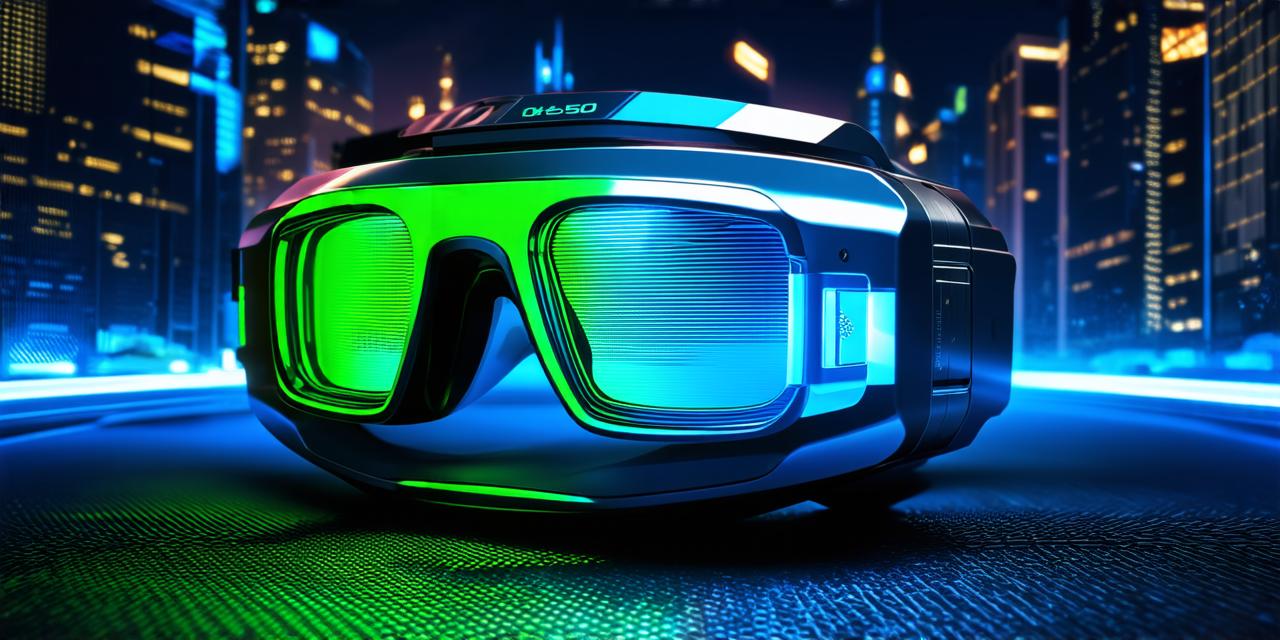Augmented Reality Applications
Augmented reality refers to the addition of digital information or objects into the real world. This technology allows users to interact with virtual elements in a way that feels natural and intuitive.
- Snapchat Filters – One of the most popular uses of AR is in the form of filters on social media platforms like Snapchat. These filters add digital effects, such as animations or lenses, to a user’s photo, making it more engaging and interactive.
- Pokémon Go – This mobile game has become a worldwide sensation since its release in 2016. The AR app allows users to capture virtual creatures called Pokémon in real-world environments using their smartphone cameras.
- IKEA Place – This AR app lets users place virtual furniture in their homes to see how it would look and feel before making a purchase decision.
- Aurasma – This augmented reality platform allows users to create interactive experiences using digital markers found in the real world. Users can scan the marker using their smartphone, and then access an AR experience that is triggered by the scan.
Virtual Reality Applications
Virtual reality refers to a computer-generated environment that completely immerses users in a digital world. This technology allows for a highly realistic and engaging experience that can be used in a variety of applications.
- Gaming – Virtual reality gaming has become increasingly popular, with many developers creating immersive games that transport players into a fully realized virtual world.
- Training and Education – VR is being used to train professionals in a variety of fields, from medicine to aviation. It allows for a safe and controlled environment where users can practice their skills without risking harm or damage to equipment.
- Real Estate – VR is being used by real estate agents and developers to showcase properties in a highly realistic way. Users can explore the property as if they were actually there, giving them a better sense of the space and its potential.
- Therapy – Virtual reality therapy has become an increasingly popular tool for treating conditions such as PTSD, anxiety, and depression. It allows users to confront their fears in a controlled environment, with the guidance of trained therapists.
Mixed Reality Applications
Mixed reality refers to the combination of real and virtual elements in a single environment. This technology allows for a more seamless integration between the physical and digital worlds.
- Microsoft HoloLens – This mixed reality headset allows users to view holographic projections in their physical environment, giving them a sense of depth and immersion that is not possible with traditional VR or AR technology.
- Magic Leap – Another mixed reality headset that allows users to see digital objects overlaid on the real world. It is commonly used in industries such as manufacturing, where digital information needs to be viewed alongside physical components.
- GearVR – This virtual reality headset can also be used for mixed reality applications, allowing users to view virtual objects in their physical environment.
- Remote Assistance – MR technology is being used in remote assistance applications to allow experts to provide real-time support to field technicians. The expert can see the technician’s environment in real time and provide guidance as needed.
In conclusion, augmented reality, virtual reality, and mixed reality are all powerful technologies with a wide range of potential applications. As these technologies continue to evolve and improve, we can expect to see even more innovative uses in the future.
